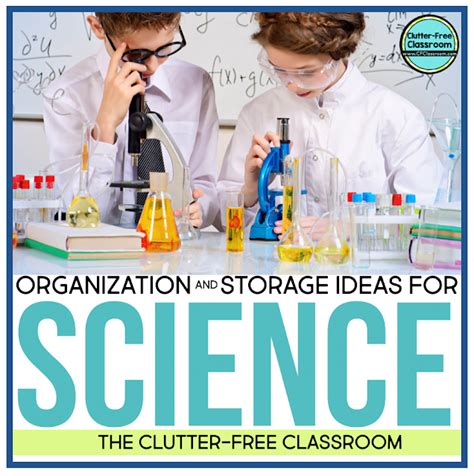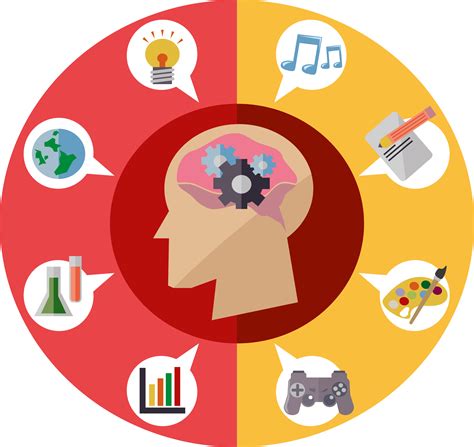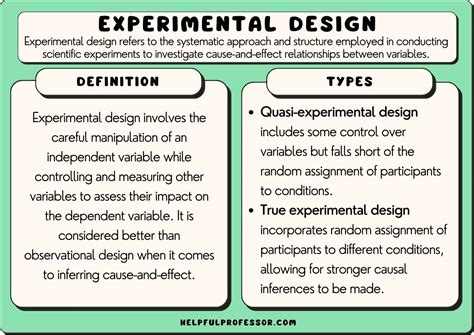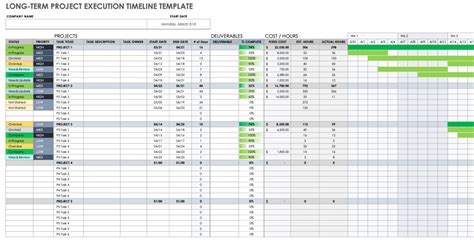Breaking News


Popular News


Learn how to plan and organize a science experiment from start to finish, including choosing a research topic, developing hypotheses, and creating a detailed execution timetable.Are you a science enthusiast looking to conduct your own experiment? Planning and organizing a science experiment can be a daunting task, but with the right approach, it can also be an exciting and fulfilling journey. In this blog post, we will explore the step-by-step process of turning your initial idea into a fully executed science experiment. We will cover the essential subheadings of choosing a research topic, developing hypotheses and objectives, designing the experimental procedure, organizing necessary materials and equipment, and creating a detailed timetable for execution. By the end of this post, you will have a clear roadmap for bringing your scientific idea to life, and hopefully, you will feel inspired and equipped to take on the challenge of conducting your own science experiment. So, let’s dive in and learn how to plan and organize a successful science experiment from start to finish!
Contents

One of the most important steps in planning and organizing a science experiment is choosing the research topic. This decision will set the direction for the entire project, so it’s essential to pick a topic that is not only interesting but also feasible and relevant. To do this, you can start by brainstorming a list of potential topics that align with your interests and scientific goals. It’s important to consider the resources and time available for the project, as well as any ethical or safety considerations that may apply.
Once you have a list of potential topics, it’s important to narrow down your choices by conducting some preliminary research. Look for existing literature and studies related to each topic to gauge the level of available information and potential impact. You’ll also want to consider the practicality of each topic in terms of the resources and expertise required to carry out the experiment successfully.
Finally, when choosing the research topic, it’s important to think about the broader implications of the study. Consider how the results of your experiment could contribute to the existing body of scientific knowledge, as well as any potential real-world applications or benefits. Your research topic should be something that not only piques your interest but also has the potential to make a meaningful contribution to your field.

When it comes to planning and organizing a science experiment, the process of developing hypotheses and objectives is a crucial step that lays the foundation for the entire experiment. Hypotheses are educated guesses about the possible outcomes of the experiment, while objectives are the goals that the researcher aims to achieve through the experiment. These elements guide the direction of the experiment and provide a clear focus for the research.
Developing hypotheses involves a thorough review of existing literature, as well as an understanding of the variables and factors that are being studied. Strong hypotheses are based on logical reasoning and prior knowledge, and they should be testable through the experimental procedure. On the other hand, setting clear and achievable objectives ensures that the experiment remains focused and serves a specific purpose in the scientific inquiry.
One effective way to develop hypotheses and objectives is through collaboration and discussion with peers and mentors. Seeking input and feedback from others can help refine the hypotheses and objectives, ensuring that they are well-defined and achievable. Additionally, conducting pilot studies or preliminary research can provide valuable insight into potential hypotheses and objectives, allowing for adjustments before formalizing the experimental plan.
Ultimately, the process of developing hypotheses and objectives is essential for framing the research question and guiding the experimental design. By carefully considering the potential outcomes and goals of the experiment, researchers can establish a solid foundation for their scientific inquiry, setting the stage for a well-structured and impactful study.

When designing the experimental procedure for a science experiment, it is important to carefully consider the steps that will be taken to test the hypotheses and achieve the objectives. This involves outlining the specific methods and techniques that will be used to gather data and carry out the experiment.
One crucial aspect of the experimental procedure is to ensure that the methods are rigorous and will produce reliable results. This may involve conducting pilot studies or preliminary tests to refine the procedure and identify potential challenges or sources of error.
Another important consideration when designing the experimental procedure is to establish a clear and detailed protocol that outlines the steps to be followed by the researcher or research team. This may include measurements to be taken, variables to be controlled, and specific conditions to be maintained during the experiment.
Furthermore, it is essential to carefully plan for the collection and analysis of data as part of the experimental procedure. This may involve identifying the appropriate tools and instruments to be used, as well as the methods for recording and interpreting the data gathered during the experiment.

When conducting a science experiment, it is important to organize and gather all the necessary materials and equipment beforehand. This ensures that the experiment runs smoothly and without any interruptions. It is essential to make a list of all the items required for the experiment and check if you already have them or need to purchase or borrow them from someone else.
Once you have a comprehensive list of materials and equipment, it is important to store and arrange them in a way that makes them easily accessible during the experiment. This includes setting up workstations, labeling items, and creating a system for tracking the usage of materials.
Furthermore, it is crucial to maintain and care for the materials and equipment to ensure they are in good working condition. Regular maintenance and proper storage help to prolong the lifespan of the items and prevent any mishaps during the experiment.
Lastly, having a contingency plan for any unexpected issues with the materials or equipment is essential. This may involve having backup supplies or alternative methods of conducting the experiment in case of any unforeseen circumstances.

When it comes to conducting a science experiment, one of the most crucial steps in the planning and organizing process is creating a detailed timetable for execution. This timetable will serve as a roadmap for the entire experiment, helping to ensure that each step is carried out in a timely manner and that all necessary tasks are completed. Without a well-thought-out timetable, it can be easy for the experiment to veer off track and for essential steps to be overlooked.
To begin creating a detailed timetable for execution, it is important to first outline all of the steps and tasks that will be involved in the experiment. This might include everything from preparing materials and equipment to carrying out specific procedures and recording data. Once these tasks have been identified, they can be organized into a chronological sequence, taking into account any dependencies or constraints that may exist.
Using a tool such as a table can be incredibly helpful in this process, as it allows for the clear and organized presentation of information. Each task can be listed in a separate row, with columns used to indicate details such as the start and end times, duration, person responsible, and any necessary notes. This methodical approach ensures that every aspect of the experiment is accounted for and that all team members are aware of their responsibilities.
Throughout the execution of the experiment, the timetable should be regularly referenced and updated as needed. This helps to keep everyone on track and allows for any necessary adjustments to be made in response to unforeseen circumstances or developments. Ultimately, creating a detailed timetable for execution is an essential part of ensuring the success and accuracy of a science experiment, providing a clear plan of action that can be followed methodically from start to finish.

What are the key steps in planning a science experiment?
The key steps in planning a science experiment include defining the question or problem, conducting background research, forming a hypothesis, designing an experiment, conducting the experiment, analyzing the data, and drawing conclusions.
How can I define a clear question or problem for my science experiment?
To define a clear question or problem for your science experiment, start by identifying an area of interest, then narrow it down to a specific question that you want to answer or problem that you want to solve.
Why is background research important in planning a science experiment?
Background research is important in planning a science experiment because it helps you understand the existing knowledge and findings related to your topic, which can guide the development of your hypothesis and experiment design.
What is a hypothesis and how do I form one for my science experiment?
A hypothesis is a testable prediction or explanation based on existing knowledge. To form a hypothesis for your science experiment, take into account your background research and make an educated guess about the answer to your question or the outcome of your experiment.
What are some important considerations in designing a science experiment?
When designing a science experiment, it’s important to identify the variables involved, choose appropriate materials and equipment, plan the procedures, and consider safety and ethical guidelines.
How do I analyze the data from my science experiment?
To analyze the data from your science experiment, organize the data into tables or graphs, look for patterns or trends, perform calculations or statistical tests as needed, and draw conclusions based on the analysis.
What are the key components of drawing conclusions from a science experiment?
The key components of drawing conclusions from a science experiment include summarizing the findings, discussing their implications, considering limitations and potential sources of error, and suggesting directions for further research.